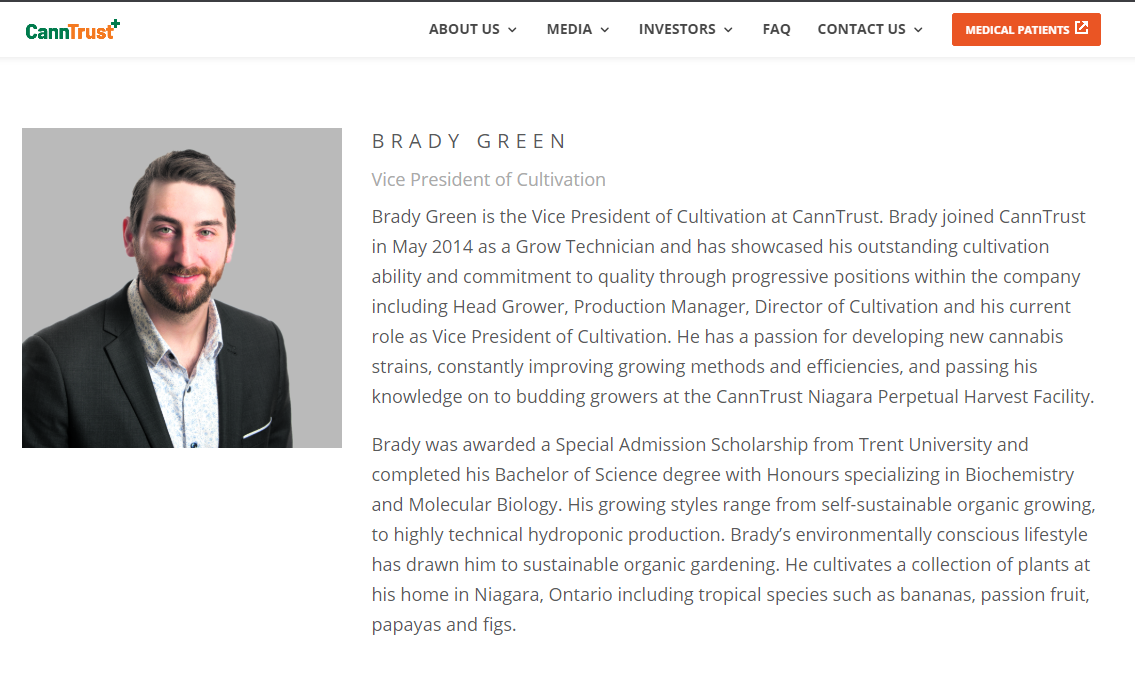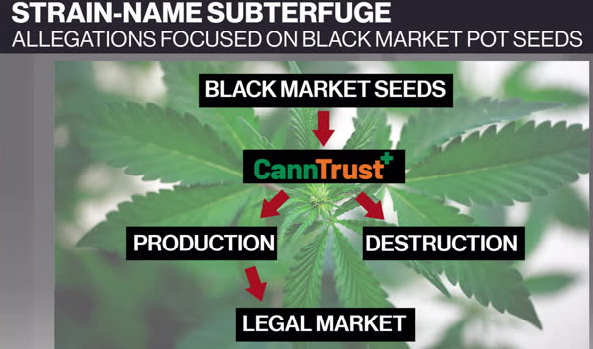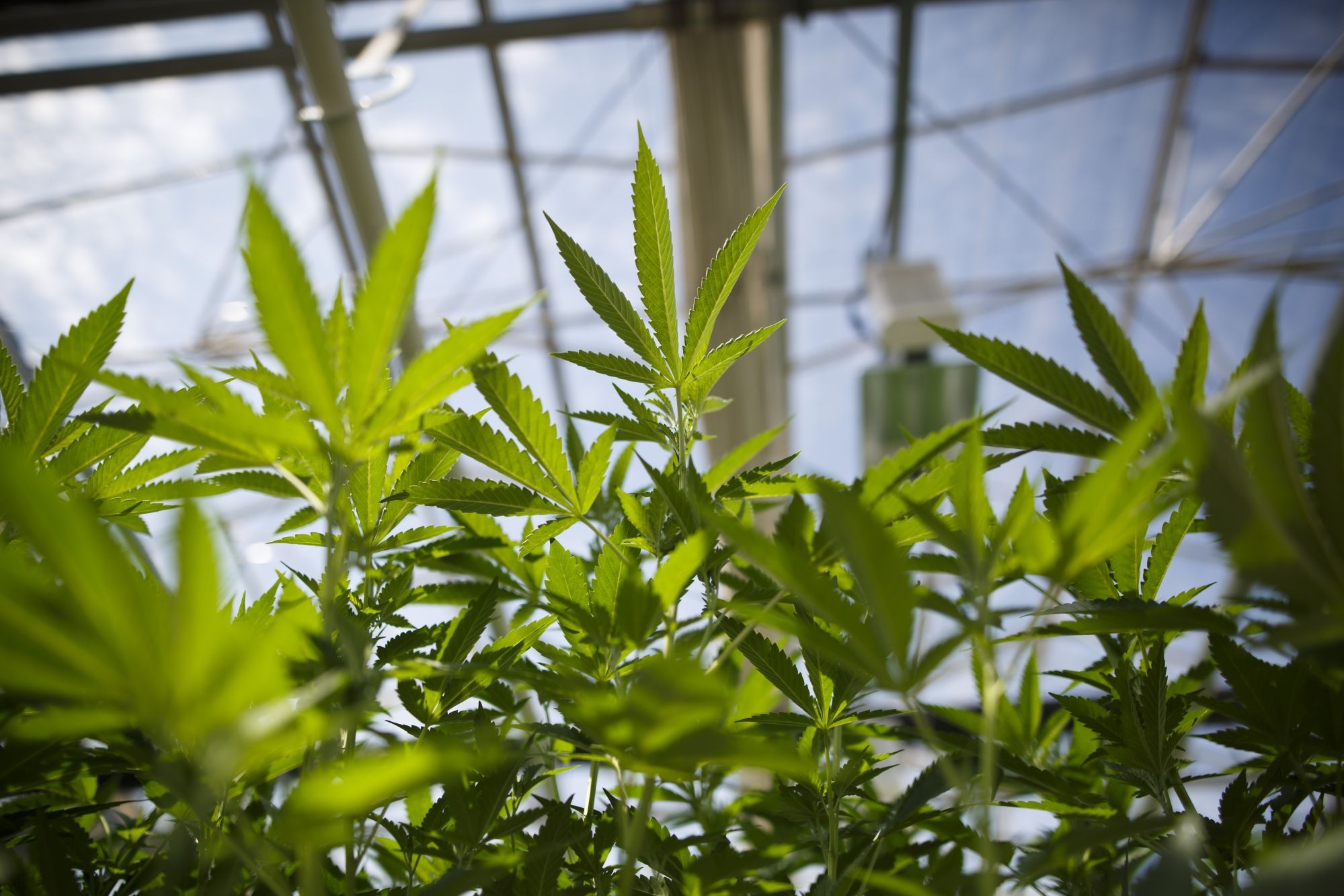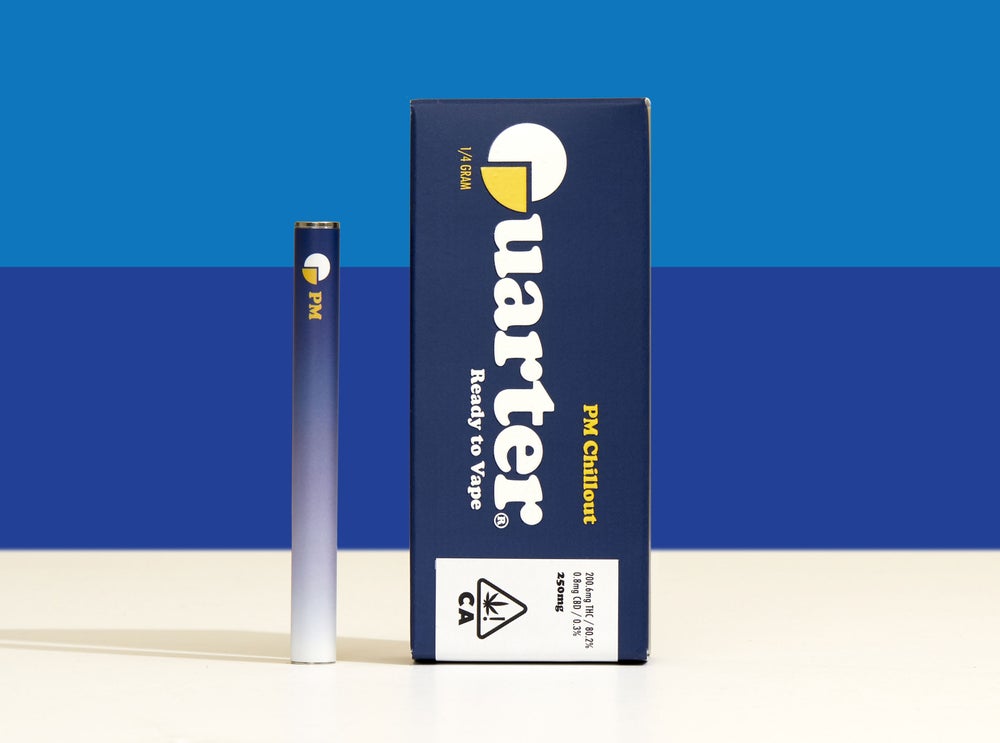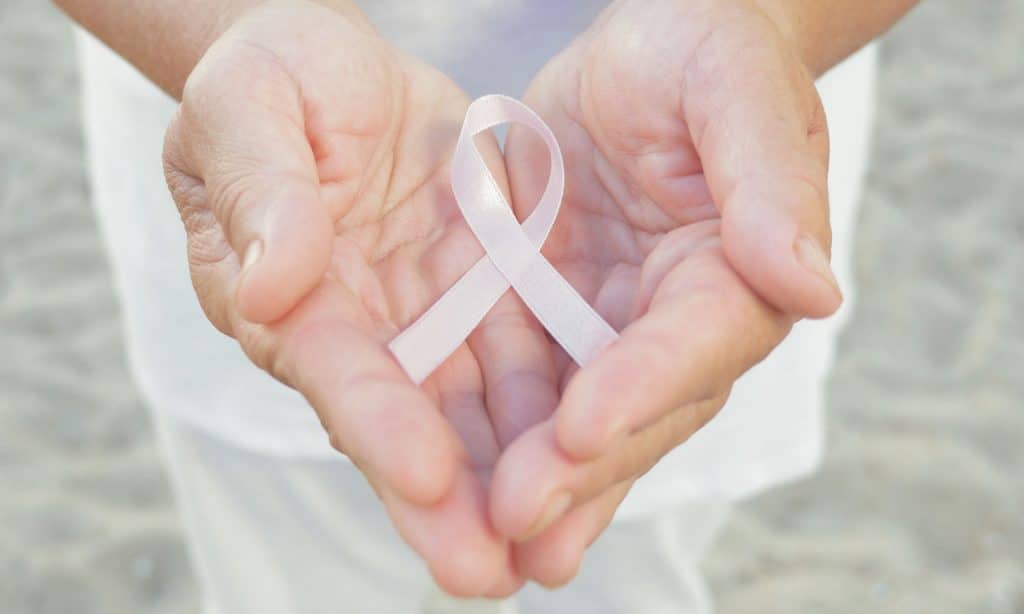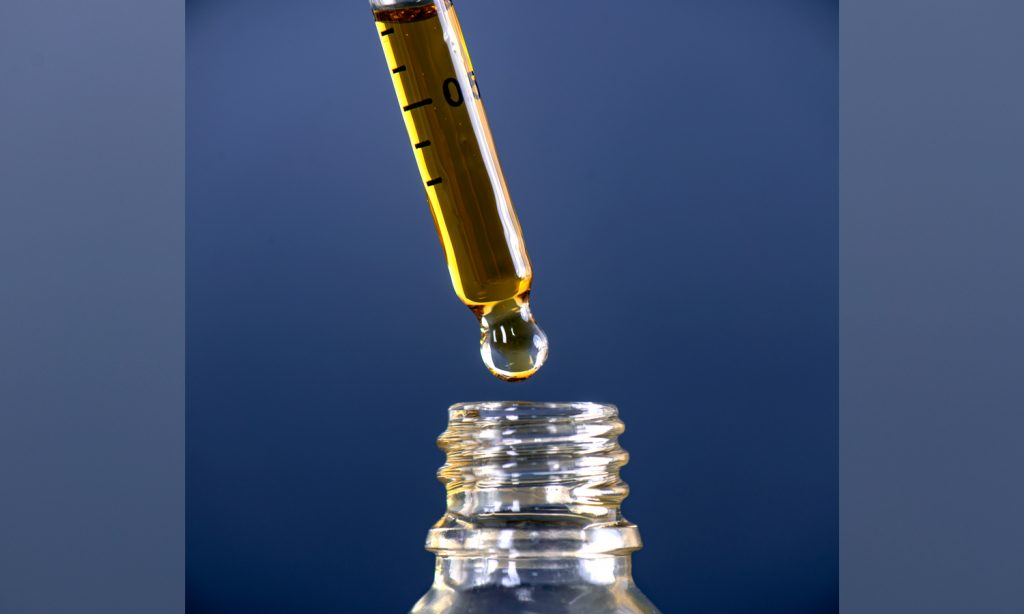Enjoying Edibles
A study was recently released stating that chocolate cannabis edibles are difficult to accurately test for cannabinoid levels. This doesn’t surprise me, as it’s long been known that chocolate is a psychoactive substance by itself. It clearly is a stimulant due to the caffeine in the cocoa seeds. Plus, it also contains that bit of bliss that prompted a scientist to bestow the Greek name theobroma on the active ingredient, literally meaning “food of the gods.” When mixed with entheogenic substances, such as magic mushrooms, you are guaranteed to come on faster to the experience.
No doubt then it has a similar effect when made into cannabis edibles. While I guess that makes it difficult to test properly, I actually enjoy that quality. In fact, if you can hold back from gobbling it down, and let the cannabis chocolate melt in your mouth slowly, where it will be quickly and thoroughly absorbed by the soft mucous membranes, you may find the effects come on faster and with a very smooth ascent.
Due to a recent diagnosis of moderate COPD, I have had to stop smoking joints for the past several months. I plan to start vaping soon, but felt it wise to have a considerable amount of time to completely hold back from inhaling anything. Tinctures just don’t do it for me for any length of time, although I can appreciate their medicinal qualities when required. At bedtime, I will take a tiny bit of full spectrum cannabis oil, which is quite strong and lulls me to sleep, while it does its magic healing all night long. But what about the rest of the day?
And so, I have been perfecting the art of edible eating. Everyone has their favorites no doubt, but here’s what I find I like the best. Granted, bear in mind, I do have a high tolerance!
Organic dark chocolate bars remain my go-to much of the time. I do enjoy the Satori chocolate covered almonds, but honestly, if I grow organic cannabis flowers to smoke I also want to eat organic cannabis mixed with organic ingredients when possible. There are a handful of organic chocolate edibles available, my fave being Revive dark chocolate bars made in northern California. The effect is a pure experience that can be easily titrated once you do understand the unique characteristics of chocolate. Plus, dark chocolate is probably the healthiest way to consume sugar.
I never could understand edibles that are big, delicious and deadly. An irresistibly yummy 400 mg THC cannabis cupcake,for example, is never a good idea. Who can only eat a small bite? And to ingest the whole thing would be trouble for sure. On the other hand, I get it why companies are now making 1 and 2 mg gummies and lozenges for newcomers to experiment with tolerance levels but for me, I would have to eat so many the sugar would be overwhelming!
My other personal pick would be the Atlas Edibles granola chunks, which are sweetened organically and spiced just right. There are three flavors on the market in California: sativa, indica and hybrid. While I try to avoid those simplistic terms when explaining cannabis highs (the terpenes are so much more accurate), it is a helpful way to know what to expect. The sativa variety, with a hint of cayenne in it, is perfect as an afternoon boost of creative energy.
Some of the savory edibles are also quite tasty, but honestly not my preference. I recall opening a bag of cannabis-laced spicy cashew nuts once, which were salty and delicious and the high was wonderful. However, the next evening I thought I’d repeat the experience and finished off the bag. It ate just about the same sized portion as the day before, but being the bottom of the bag, more spices had settled there, meaning it was a much stronger dose. When they came on, about a half an hour later, all I could do was crawl to my bedroom. Believe me, I never tried that again. Back to the chocolate it was, as it can be more uniformly blended.
I was recently at a cannabis event in Europe and a lovey young Italian sister and brother had a booth there. I’d chatted a bit with them the first day, and then saw them again the next morning as I was eating breakfast. Recognizing that I obviously have had many years of cannabis experimentation under my belt, they came rushing over, giggling with huge smiles on their faces. “What do we do? We split this brownie and have been awake all night, higher than ever before. We can’t stop laughing and crying!” The girl’s huge blue eyes were indeed like saucers and her brother had a wide grin, but you could tell they both were also exhausted. “How are we going to run our booth today and talk to people?” they wondered.
So I found a waiter and got them some peppercorns to chew on and as expected, practically instantly they were back to earth.“Grazie!” they said later in the day.
That seems to be how we all learn about edibles at least once, by gobbling down too much. They are to be respected and experimented with until you get your personal dosage figured out. Another trick to help return to your body if you eat too much is to drop some high-CBD tinctures in your mouth and swish it vigorously around with a bit of water if necessary. The CBD can counteract the high THC effects.
I lived in India for several years, and while they may make some of the best hashish on the planet, it generally is made from what we’d regard as inferior cannabis. Considering they cultivate it for the seeds as well as what they turn into hash, the flowers are not the focus. Grown with seeds, male and female plants together, they will never produce the powerful sensimillia we have grown to appreciate in the western world. The same truth applied to the funky weed from south of the border that I grew up on back in the 60s and 70s. When smoked, it vaguely got you high, but when I cooked with it I quickly discovered it packed a punch!
I enjoyed making homemade edibles in India for my friends and it always surprised them how high they got. But it was always a guessing game on dosage. We are blessed today to have legally-tested cannabis edibles with precise directions about dosing on the packaging so no one has to experience the heavy effects of eating too much. But if you do, don’t forget to have some peppercorns or high CBD tinctures on hand!
- Read more about Enjoying Edibles
- Log in to post comments


